Is Wasabi a Spice? Have you ever pondered whether wasabi deserves its classification as a spice?
In this article, we delve into the question and explore the characteristics of this popular Japanese condiment. We’ll define wasabi, discuss its historical and cultural significance, and examine its chemical composition.
By comparing it to other spices and addressing common misconceptions, we aim to show whether wasabi fits into the spice category.
So get ready to uncover the multifaceted nature of this flavorful ingredient!
Key Takeaways
- Wasabi is a spice derived from a plant and is commonly used in Japanese cuisine.
- It has an intense and distinctive flavor that adds a unique taste to dishes.
- Wasabi is not considered spicy in the traditional sense, as it does not contain capsaicin like hot peppers.
- The sensation of wasabi is felt primarily in the nasal passages and can be easily washed away with liquid.
Definition and Origins of Wasabi
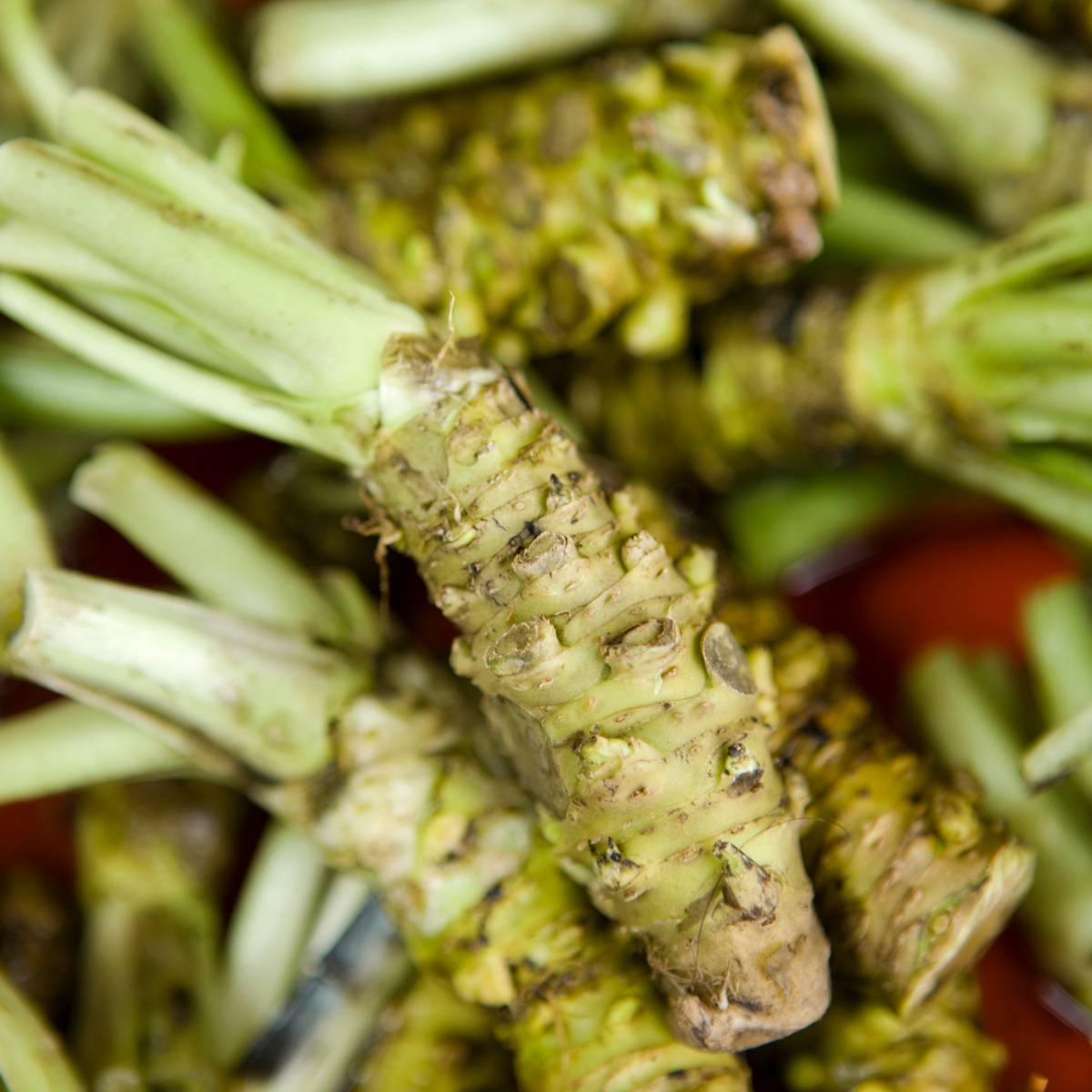
Wasabi, a popular condiment in Japanese cuisine, is often debated whether it should be classified as a spice or something else entirely. To understand this debate, we must first examine the definition and origins of wasabi.
Wasabi is derived from the rhizome of the Wasabia japonica plant, which is native to Japan. It has been used for centuries in traditional Japanese cooking due to its unique flavor and pungency. The rhizome is grated into a paste-like consistency and added to dishes such as sushi and sashimi.
In terms of classification, spices are typically defined as substances that add flavor or enhance food taste. Wasabi fits this definition perfectly. Its strong, spicy flavor adds depth and complexity to dishes, making it an essential ingredient in Japanese cuisine.
Furthermore, scientific research supports the notion that wasabi can be classified as a spice. Wasabi’s unique spicy kick comes from a chemical called allyl isothiocyanate. Some spices, like mustard or horseradish, may feel like they burn your tongue. In contrast, this compound in wasabi tickles your nasal passages, creating its distinctive heat and sharpness.
Considering all these factors – culinary usage, flavor profile, and chemical makeup – it becomes clear that wasabi should be classified as a spice. So, next time you enjoy sushi with a dollop of wasabi on top, remember that you are experiencing the delightful heat and flavor of this unique spice from Japan.
Wasabi’s Qualities As a Flavoring Agent
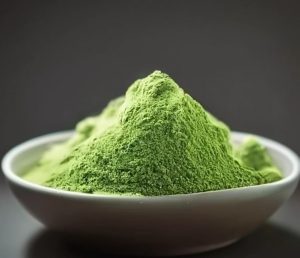
When using wasabi as a flavoring agent, it adds a distinct and pungent taste to dishes. The unique flavor of wasabi comes from its chemical composition, specifically allyl isothiocyanate. This compound produces a strong reaction in the nasal passages, giving wasabi its characteristic heat-like sensation.
Unlike capsaicin found in hot peppers, wasabi does not activate pain receptors or produce an actual sensation of heat on the tongue. Instead, it provides a brief but intense experience that can be easily washed away with liquid.
In Japanese cuisine, real fresh wasabi is used in moderation to enhance the flavors of dishes without overpowering them. It is important to note that the perception of spiciness may vary between individuals. Some people may describe the intense sensation of wasabi as spicy, while others may not. However, in Japanese culture, words like ‘piri’ and ‘tsuun’ are used to describe the specific nasal reaction caused by wasabi rather than including it in the category of spicy foods.
It’s worth mentioning that there are linguistic differences and cultural perceptions associated with wasabi outside of Japan. For example, in the United States, where people like fancy sushi rolls, they might think about what’s spicy in a different way because they often eat wasabi with their sushi.
Ultimately, whether you consider wasabi spicy is subjective and can depend on individual taste preferences and cultural backgrounds. The important thing is to respect different perspectives and understand that there is no universal definition for terms like ‘spicy’ or ‘hot.’
Culinary Uses of Wasabi
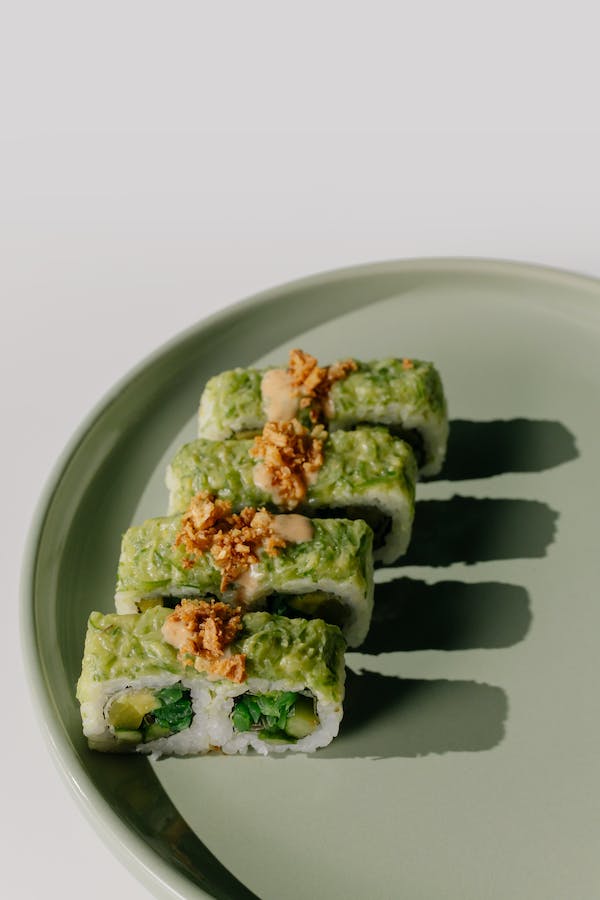
One common way to use wasabi in culinary dishes is by incorporating it into sushi rolls. Sushi, a popular Japanese dish, typically consists of vinegared rice combined with various fillings and toppings, such as raw fish or vegetables. Wasabi adds a unique flavor and pungency to the sushi roll, enhancing the overall taste experience.
When making sushi rolls, chefs often place a small amount of wasabi between the rice and the filling. This allows the spicy kick of wasabi to blend harmoniously with the other ingredients. The heat and nasal sensation of wasabi create a balance and contrast that elevates the flavors of the sushi roll.
Using wasabi in sushi rolls not only adds flavor but also serves as an important cultural element. In Japan, traditional sushi is often served with a small dollop of fresh grated wasabi on top or alongside the roll. This practice showcases the appreciation for fresh ingredients and their natural flavors.
Additionally, incorporating wasabi into sushi rolls provides health benefits. Wasabi contains compounds like allyl isothiocyanate that have antimicrobial properties, helping to prevent foodborne illnesses associated with consuming raw fish.
To serve others well when using wasabi in culinary dishes like sushi rolls, it’s important to consider individual preferences and dietary restrictions. Some people may prefer milder levels of spiciness, while others enjoy a more intense kick from their wasabi. Being mindful of these preferences allows you to tailor your dishes accordingly and ensure everyone can enjoy their meal comfortably.
Comparing Wasabi to Other Spices
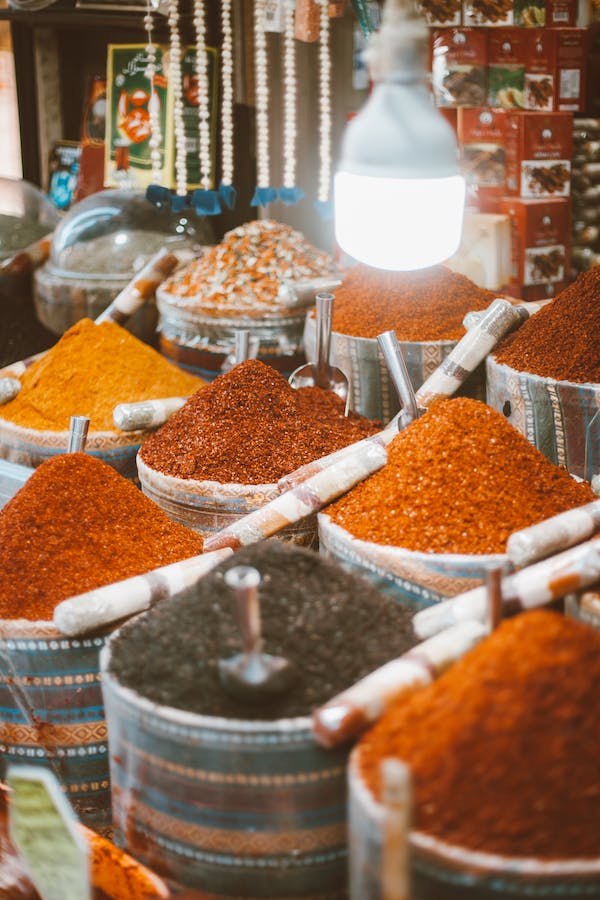
The distinct flavor of wasabi, with its intense and nasal reaction, sets it apart from other common spices. When comparing wasabi to other spices, it is important to note that wasabi offers a unique taste experience.
While spices like chili peppers or black pepper provide a heat sensation on the tongue, wasabi’s heat is primarily felt in the nasal passages. This is due to the presence of allyl isothiocyanate, a compound found in wasabi that produces a strong reaction.
Unlike capsaicin, the compound responsible for the heat in hot peppers, allyl isothiocyanate does not activate pain receptors. Instead, when consumed, it creates a tingling and slightly burning sensation in the nose. This distinctive characteristic makes wasabi stand out among other spices.
It’s worth mentioning that perceptions of spiciness can vary between individuals. Some people may use the word ‘spicy’ to describe the intense sensation of wasabi. In Japan, however, words like ‘karai’ are typically reserved for describing spicy foods like chilis rather than wasabi itself.
While there may be debate over whether or not wasabi should be classified as a spice or something else entirely, what remains clear is its distinct flavor profile and role in enhancing culinary experiences. Whether you consider it hot or spicy, incorporating this unique ingredient into your dishes can add an exciting twist that sets them apart from others served at your table.
Debunking the Spice Classification of Wasabi
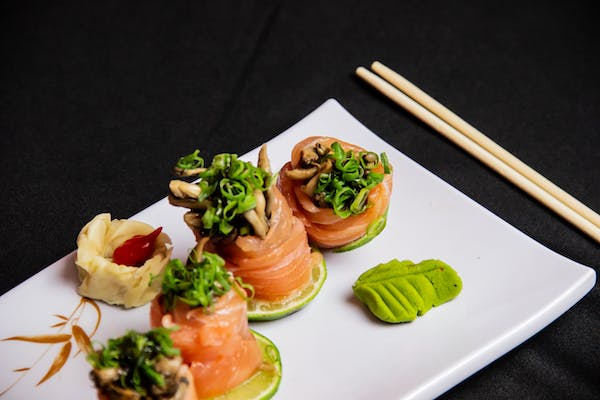
If you’re wondering about the classification of wasabi, let’s debunk the idea that it falls under the spices category. Despite its common usage as a flavor enhancer in Japanese cuisine, Wasabi does not meet the criteria of a spice. Here’s why:
- Composition: Unlike traditional spices like cinnamon or cayenne pepper, wasabi isn’t just made from dried seeds or bark. It comes from the root of the Wasabia japonica plant and contains special compounds like allyl isothiocyanate.
- Sensation: While wasabi can provide a mild heat sensation when consumed, it does not activate pain receptors like capsaicin in spicy peppers. The spiciness of wasabi is more akin to chemesthesis, which is felt predominantly in the nasal passages rather than on the tongue.
- Culinary Usage: In Japanese cuisine, wasabi sparingly adds depth and complexity to dishes without overpowering other flavors. It serves as a condiment rather than a primary spice. The spiciness of wasabi gives you a unique feeling that’s not quite like the direct tongue burn you get from regular spicy foods.
Is Wasabi a Spice? The Final Verdict
So, is Wasabi a Spice? While it may seem like a straightforward question, the answer is not quite as simple. Wasabi’s distinct flavor and its use in traditional Japanese dishes often lead us to think of it as a spice, enhancing the taste of various culinary creations. However, delving into its botanical origins, we discover that wasabi more closely resembles a vegetable. It grows as a rhizome, akin to ginger, and has specific cultivation requirements.
In the end, whether we classify wasabi as a spice or vegetable might depend on one’s perspective and criteria. What remains undeniable is its significant culinary impact. This remarkable condiment is a cornerstone of Japanese cuisine and continues to intrigue taste buds around the world. So, as the debate continues, one thing remains clear – wasabi’s unique heat and flavor will continue to captivate us, whether it wears the label of spice or not.


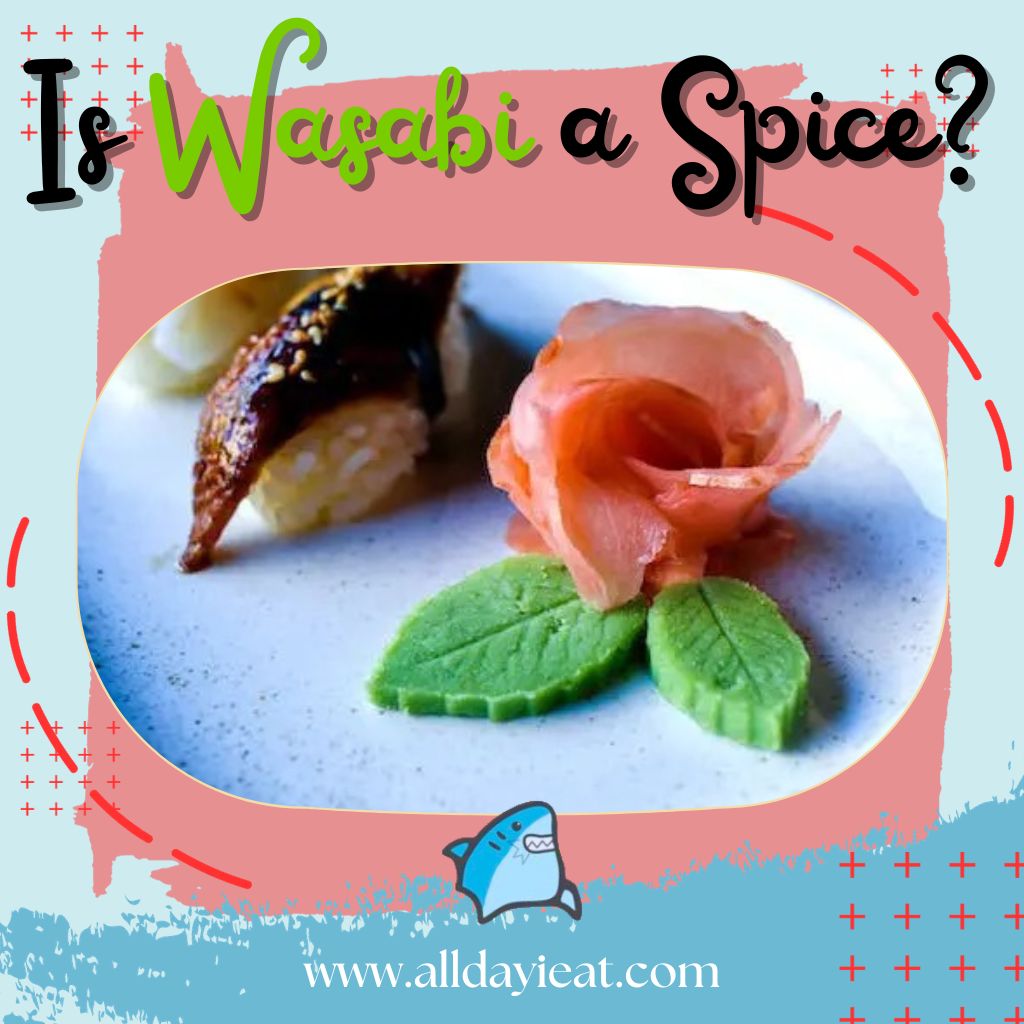





Konnichiwa! (Hello!) I'm Pat Tokuyama, a Japanese tofu cookbook author, who travels for music, food, and adventure. If you like Japanese tea, checkout some of the newestorganic japanese tea, matcha bowls and noren and more!
** Curious about the Plant Based Japanese Cooking Club? ** Learn more here!